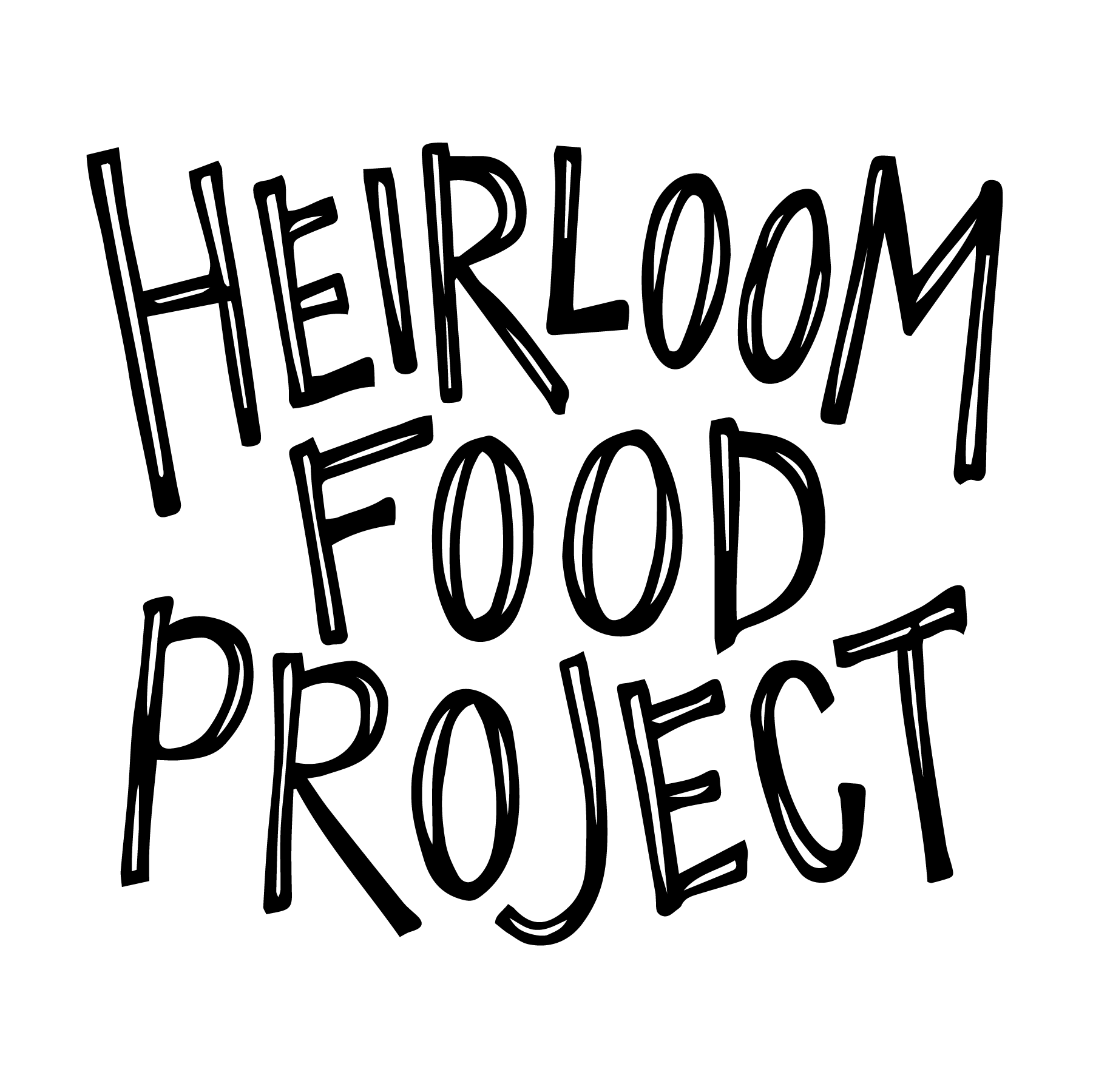Get to Know the Wild Food Around You
While you’re out enjoying the Danish landscape this summer, remember to look down. We’re almost always standing on salad!
Once you know what to look for, you’ll learn that we are surrounded by food. Foraging can be a tasty, rewarding way to get to know the flora and fauna of our adopted country. Last year, I took a workshop with Lene Ejlersen, author and wild food educator from Møn. She showed us how accessible wild food is — it grows everywhere from parking lots to forests, it’s free, and you just need these few items to get started:
1. Knowledge
Bring a book (like Lene’s Vildnis), an app (like Vild Mad or Byhøst), a website (like fugleognatur.dk), or start with a tour (check vildmad.dk or your library). Pack a notebook to record your own knowledge, like the locations and seasons in which you’ll find foods.
2. A bag
You may want a plastic one to keep green leafy things fresh or a porous basket to give items like mushrooms the chance to spread their spores while you walk.
3. Scissors
Lene reminded us to “always do it beautifully.” When harvesting wild food, use sharp scissors and pick goodies from the back of a bush, so the blossoms and branches remain on the front for others to enjoy.
Even with these items in hand, wild food can still be overwhelming, which became clear on the foraging tour as Lene identified five species of edibles all within a span of two metres. And this wasn't in the middle of a dense forest; we were at a park at the heart of our city. She calmed our beginner overwhelm by saying, “Don't learn hundreds in one day. Pick a few and go after them. Slow by slow.”
Consider starting with one of these easy-to-identify, plentiful plants:
Nælde (Stinging Nettle)
People must learn how to identify it early, since one touch of its leaves will leave your skin with white welts. Heating, drying, or blending nettles removes their sting. Use them anywhere you’d use spinach, drop some into a smoothie, or hang small bunches upside down to dry for making a nourishing tea. Remember gloves when gathering these!
Hyben (Rose Hips)
If you’re near the coast this summer, look for these red-orange fruits. They grow rampantly near the sea on green bushes with pink flowers. You can eat them raw by splitting them in half and scooping out the seeds. If you harvest a bunch at once, you can de-stem, cut in half, and freeze them so you can scoop out the seeds more easily with a spoon. Once free of seeds, stew hyben down into marmalade or ketchup.
Hyldeblomst (Elderflower)
Hyldeblomst was one of the first Danish words I learned, because when elderflower is in bloom, it’s magical. In June, you can spot them spilling out onto the sidewalks, growing next to the train tracks, or standing proudly in a park. We typically make hyldeblomst saft (elderflower cordial) with the blossoms, lemon, water, and sugar. You can mix the fragrant syrup with sparkling water (or cocktail ingredients). Freeze it as ice cubes to brighten drinks year-round.
There is something so liberating and primal about plucking food directly from where it grows and eating it on the spot. The act peels away the complexity of our modern food system and leaves us with the simple feeling of being fed directly by nature. To get started, check out one of the resources listed in the ‘Knowledge’ section above. Happy foraging!
This article is published in The International, a monthly free newspaper created by and for expats living in Denmark. My column features stories about Danish foods and their global histories, as well as tips for home-cooking in your expat kitchen.




